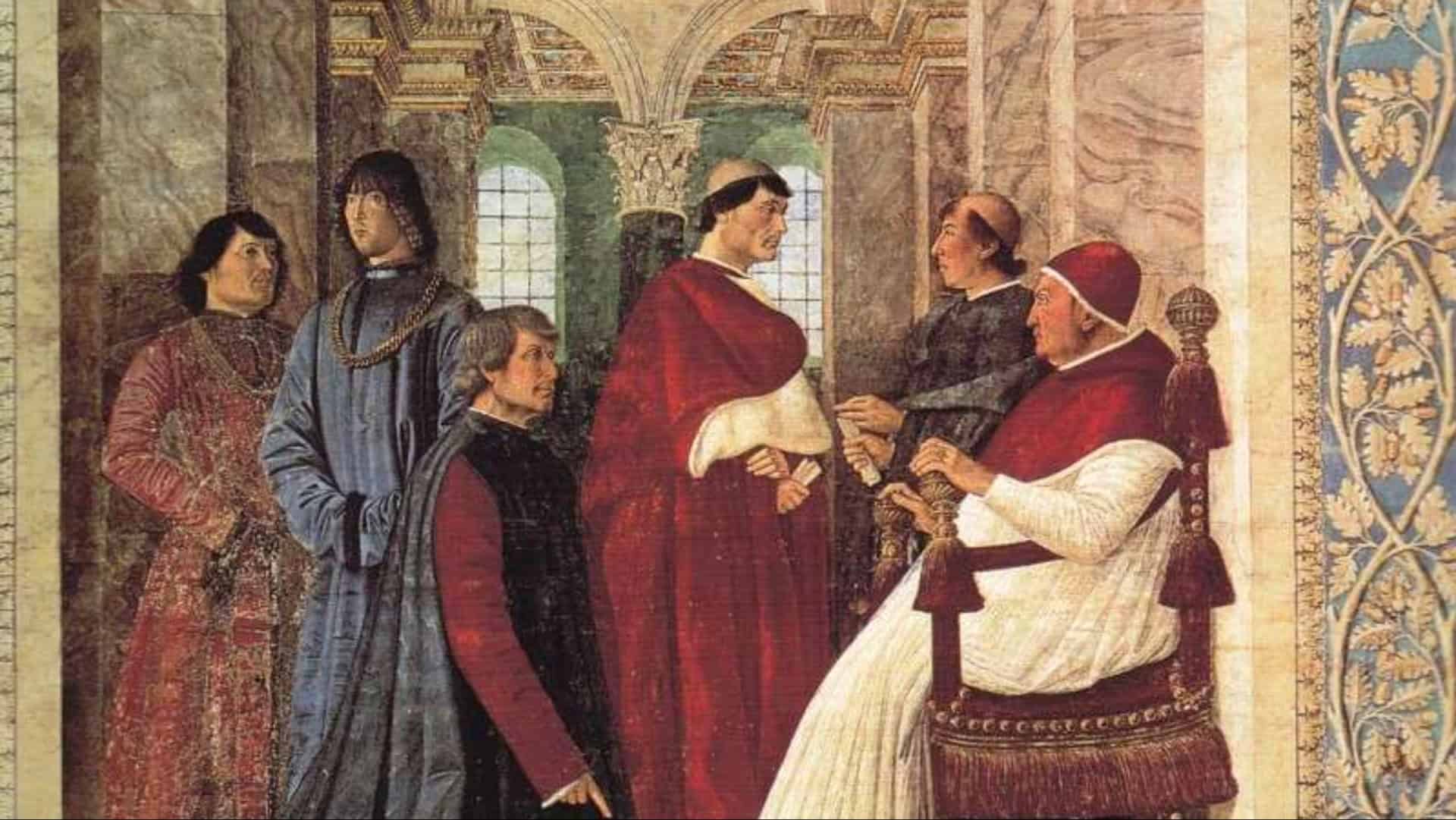The Sistine Chapel, named after Pope Sixtus IV, stands as a symbol of art and spirituality in Vatican City.
Known for its breathtaking frescoes by Michelangelo and other Renaissance masters, it plays a crucial role in the election of the Pope.
This guide delves into 13 captivating facts that reveal its artistic, historical, and religious significance, offering a glimpse into one of the most revered chapels in the world.
1. The Chapel’s Unique Architecture
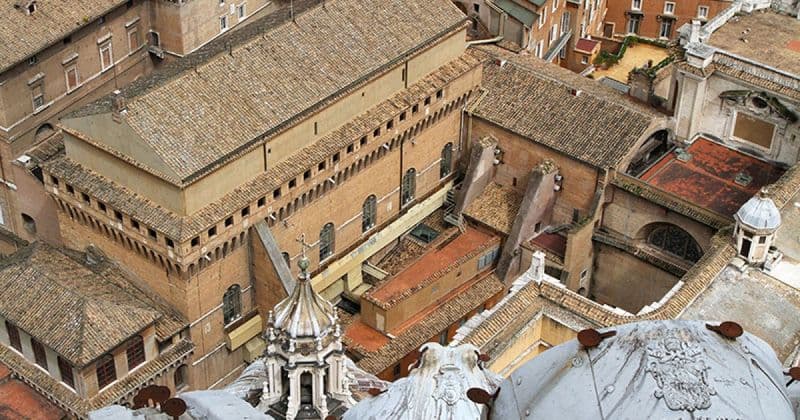
The exterior of the Sistine Chapel, though unadorned, showcases the robust architectural style of the Renaissance.
Its plain facade and strong buttresses reflect the era’s focus on internal beauty and sanctuary.
The chapel’s design emphasizes proportion and harmony, aligning with Renaissance ideals.
This architectural simplicity contrasts with the opulent interior, highlighting the chapel’s dual nature as both a fortress and a place of worship.
2. The Creation of Adam
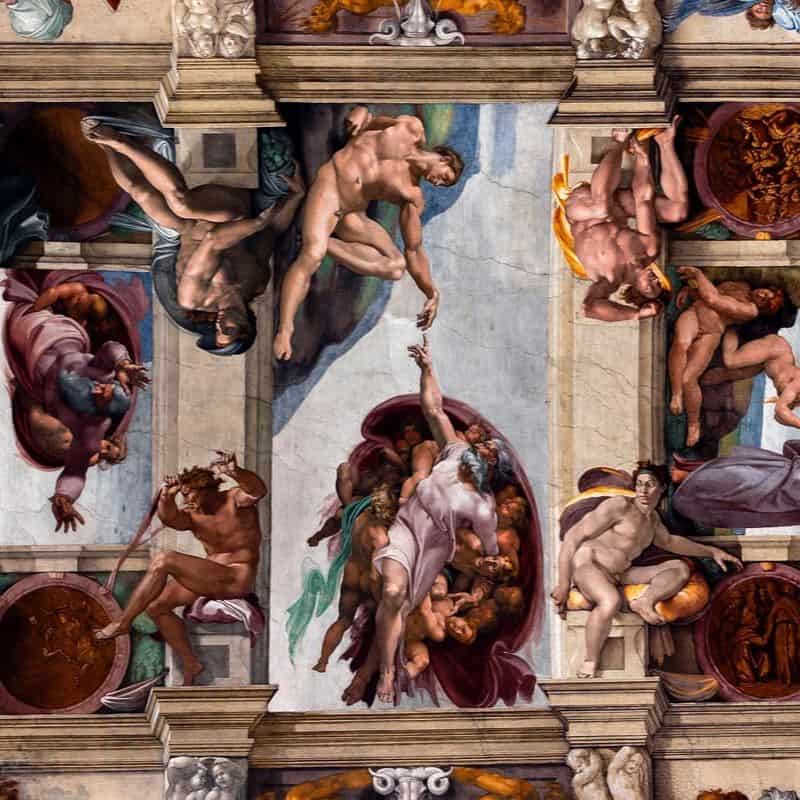
Michelangelo’s “The Creation of Adam” is an iconic masterpiece located on the Sistine Chapel’s ceiling.
This fresco illustrates the biblical story of God giving life to the first man, Adam.
The artwork is celebrated for its dynamic composition and expressive figures, capturing a moment of divine connection.
Visitors often find themselves mesmerized by the almost-touching hands of God and Adam, symbolizing humanity’s relationship with the divine.
3. Pope Sixtus IV’s Vision

In the late 15th century, Pope Sixtus IV envisioned a new chapel that would become a cornerstone of Vatican artistry.
He commissioned the restoration of the Cappella Magna, which later became the Sistine Chapel.
The chapel’s construction embodied Sixtus IV’s desire to glorify God through art and architecture.
His dedication laid the groundwork for the chapel’s transformation into a spiritual and cultural landmark.
4. Michelangelo’s Reluctance and Triumph
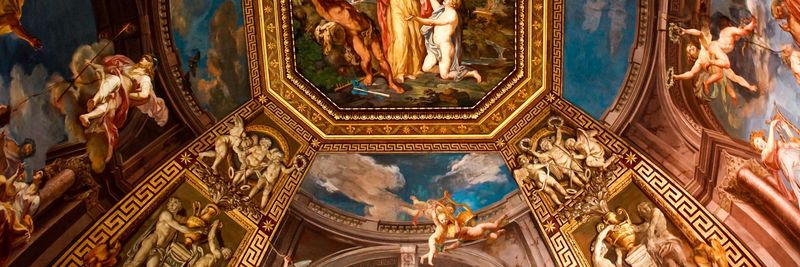
Initially reluctant to take on the Sistine Chapel ceiling, Michelangelo preferred sculpting to painting.
However, his eventual triumph redefined Renaissance art. Working under challenging conditions, he created a ceiling adorned with biblical scenes that continue to captivate viewers.
Michelangelo’s dedication and talent turned a reluctant commission into a masterpiece that stands as a testament to his artistic genius.
5. The Last Judgment
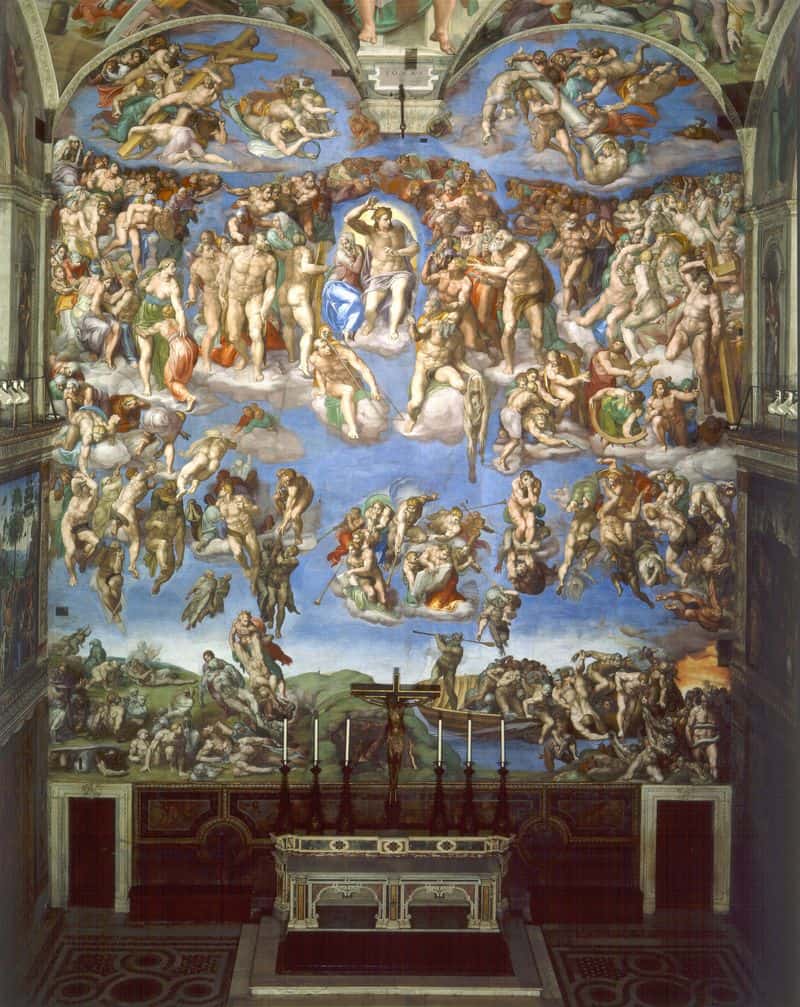
Michelangelo’s “The Last Judgment” covers the altar wall of the Sistine Chapel, depicting the Second Coming of Christ and the final judgment of souls.
Completed between 1536 and 1541, this fresco features a tumultuous scene filled with angels, saints, and sinners.
The dramatic portrayal reflects the artist’s interpretation of salvation and damnation, challenging viewers to contemplate their own spiritual journey.
6. The Conclave and Its Secrets
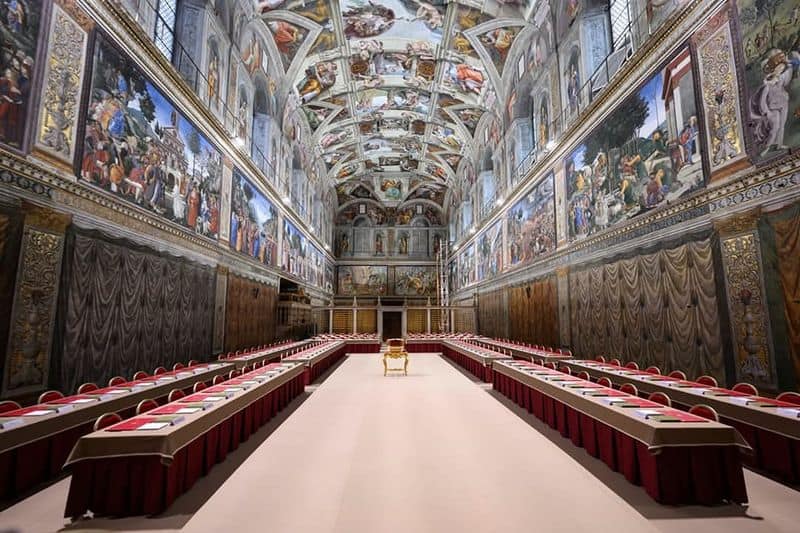
The Sistine Chapel serves as the sacred venue for the papal conclave, where Cardinals gather to elect the new Pope.
This secretive process, steeped in tradition, is marked by prayer and reflection. White smoke from the chapel’s chimney signals the election of a new Pope, witnessed by the world.
The conclave remains a powerful symbol of faith and continuity in the Catholic Church.
7. Raphael’s Tapestries
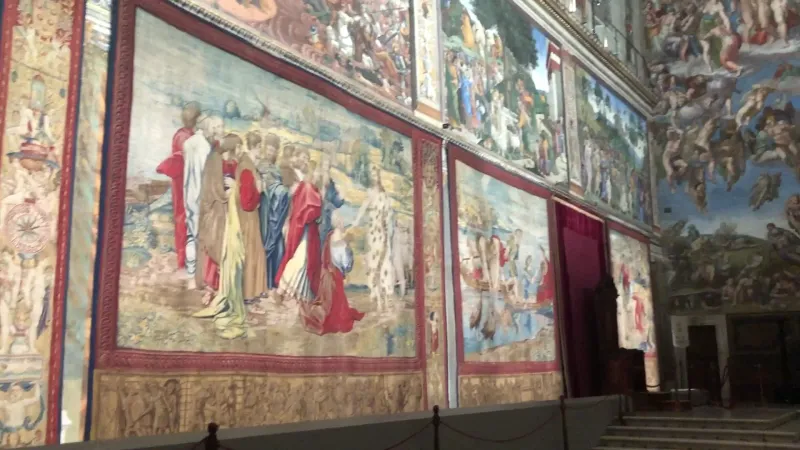
Pope Leo X commissioned Raphael to design ten tapestries for the Sistine Chapel’s lower walls.
These tapestries, illustrating the lives of St. Peter and St. Paul, represented the artistic collaboration of the Renaissance era.
They were exquisitely woven in Brussels and displayed the grandeur of Vatican art.
Raphael’s tapestries continue to adorn the chapel during significant ceremonies, signifying their enduring legacy.
8. The Prophets and Sibyls

Michelangelo’s ceiling includes the majestic figures of five Sibyls and seven Prophets, each seated on monumental thrones.
These figures, drawn from classical mythology and biblical tradition, contribute to the chapel’s theological narrative.
They symbolize the spiritual insights and prophecies that connect the Old and New Testaments.
Their presence adds a layer of depth to the chapel’s visual storytelling, inspiring awe in all who gaze upon them.
9. The Transenna and Choir Gallery

The marble transenna and choir gallery, crafted by renowned sculptors, divide the Sistine Chapel into distinct areas.
The transenna, adorned with candlesticks, separates the sanctuary from the main chapel. It symbolizes the division between clergy and laity, reflecting the chapel’s ecclesiastical purpose.
The choir gallery adds to the chapel’s grandeur, providing space for choristers during liturgical ceremonies.
These elements highlight the chapel’s rich artistic and spiritual heritage.
10. The Ceiling’s Restoration
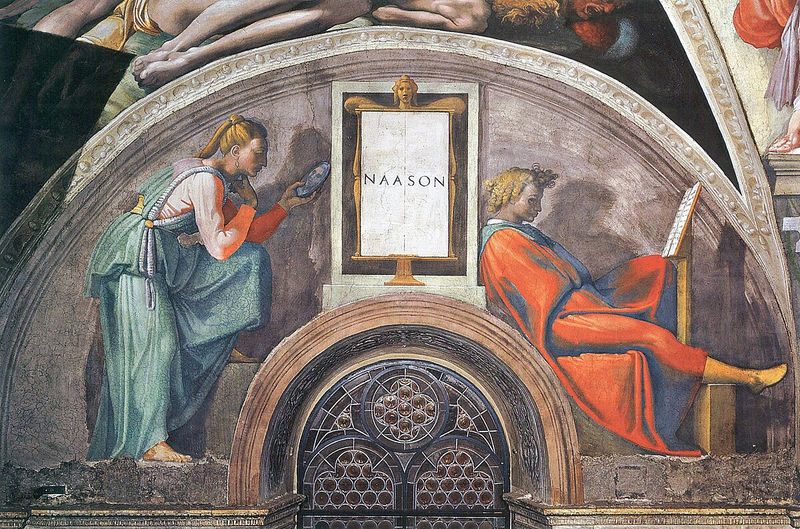
Between 1979 and 1999, the Sistine Chapel underwent a comprehensive restoration, revealing Michelangelo’s original colors.
This meticulous process involved cleaning centuries of grime and restoring the frescoes’ vibrancy.
The restored ceiling offers a renewed appreciation for the artist’s work, allowing visitors to experience the chapel’s brilliance as Michelangelo intended.
The restoration stands as a testament to the enduring significance of preserving cultural heritage.
11. Symbolism of the Flood
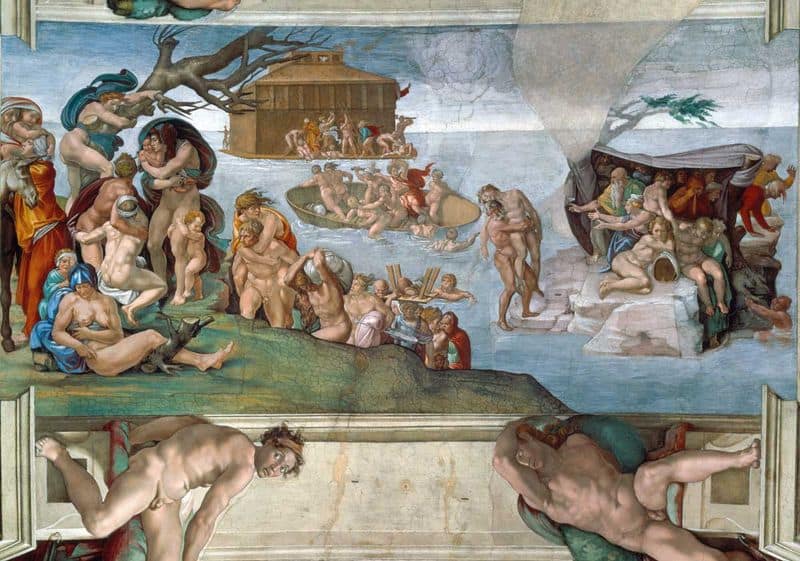
The depiction of the Flood on the Sistine Chapel ceiling serves as a powerful symbol of destruction and redemption.
This fresco, illustrating Noah’s Ark and the deluge, parallels the theme of baptism as a rebirth.
The turbulent waters and desperate figures highlight the consequences of sin, while the Ark embodies hope and salvation.
Michelangelo’s portrayal invites reflection on humanity’s relationship with faith and the divine.
12. The Homily of John Paul II
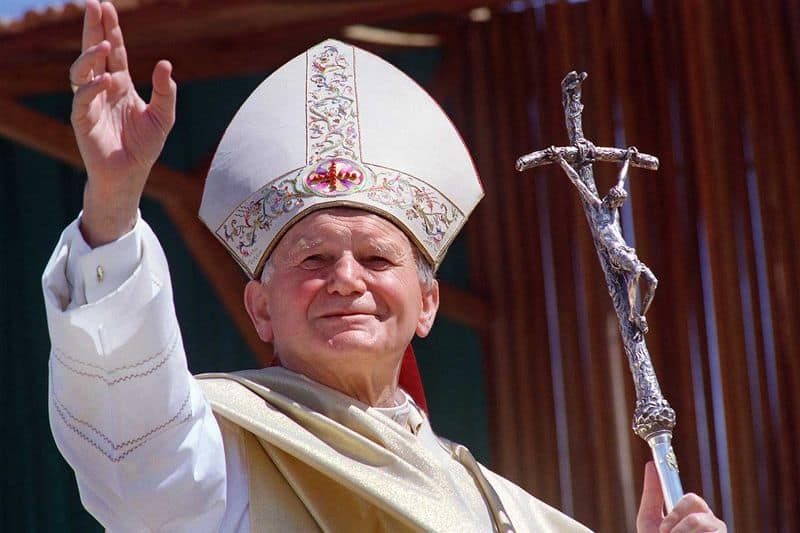
In 1994, Pope John Paul II delivered a profound homily within the Sistine Chapel, emphasizing its spiritual significance.
He highlighted the chapel’s role in the election of Popes and its connection to the Holy Spirit.
The homily underscored the chapel’s place in the Church’s life, serving as a reminder of faith’s continuity across generations.
Pope John Paul II’s words resonate within the chapel’s sacred walls.
13. The Starry Ceiling

Before Michelangelo’s intervention, the Sistine Chapel ceiling was adorned with a starry sky painted by Pier Matteo d’Amelia.
This original design, featuring golden stars on a blue backdrop, symbolized the heavens and complemented the chapel’s sacred purpose.
Though replaced by Michelangelo’s work, the starry ceiling remains a fascinating aspect of the chapel’s artistic evolution, reflecting the celestial theme that preceded the Renaissance masterpiece.

